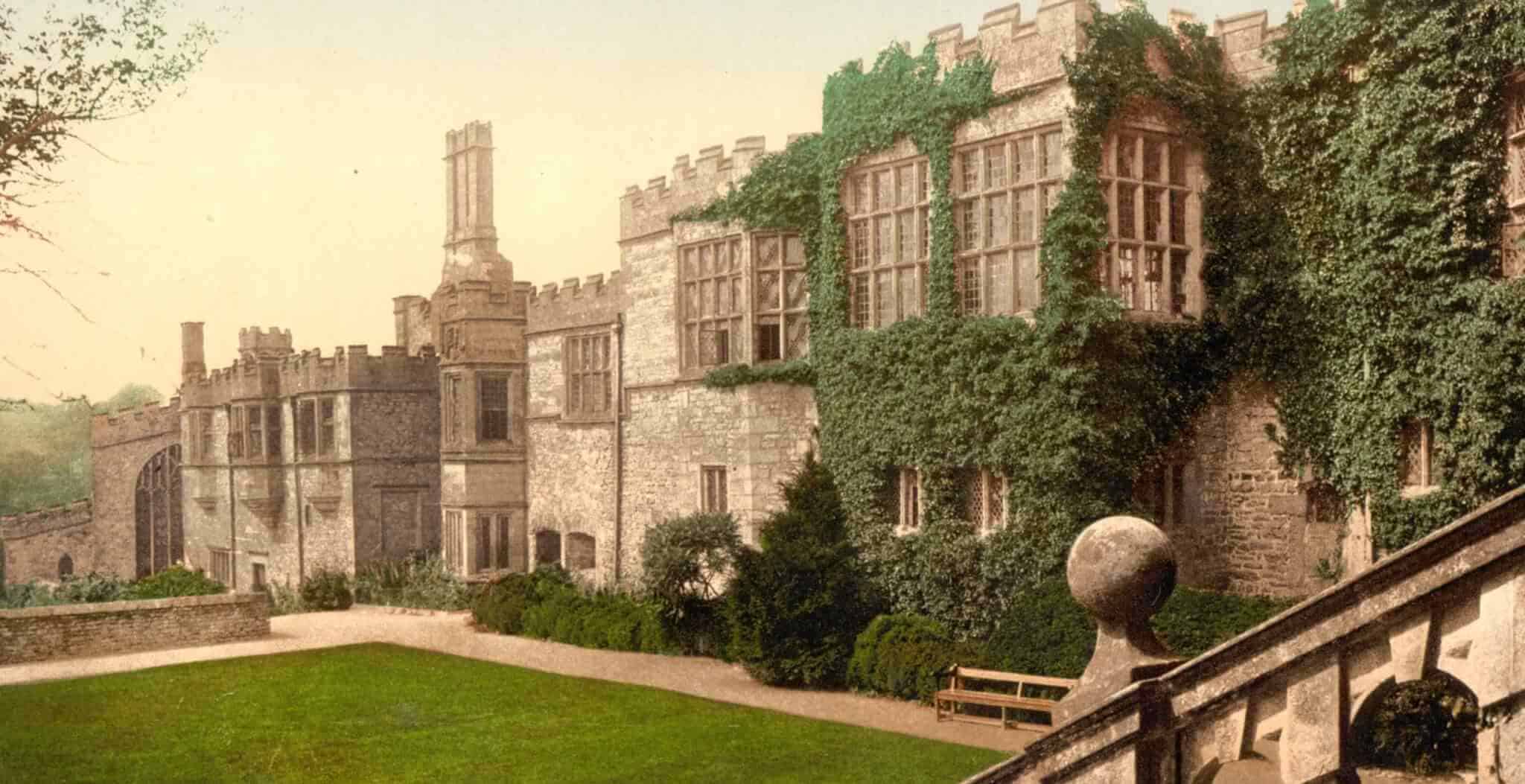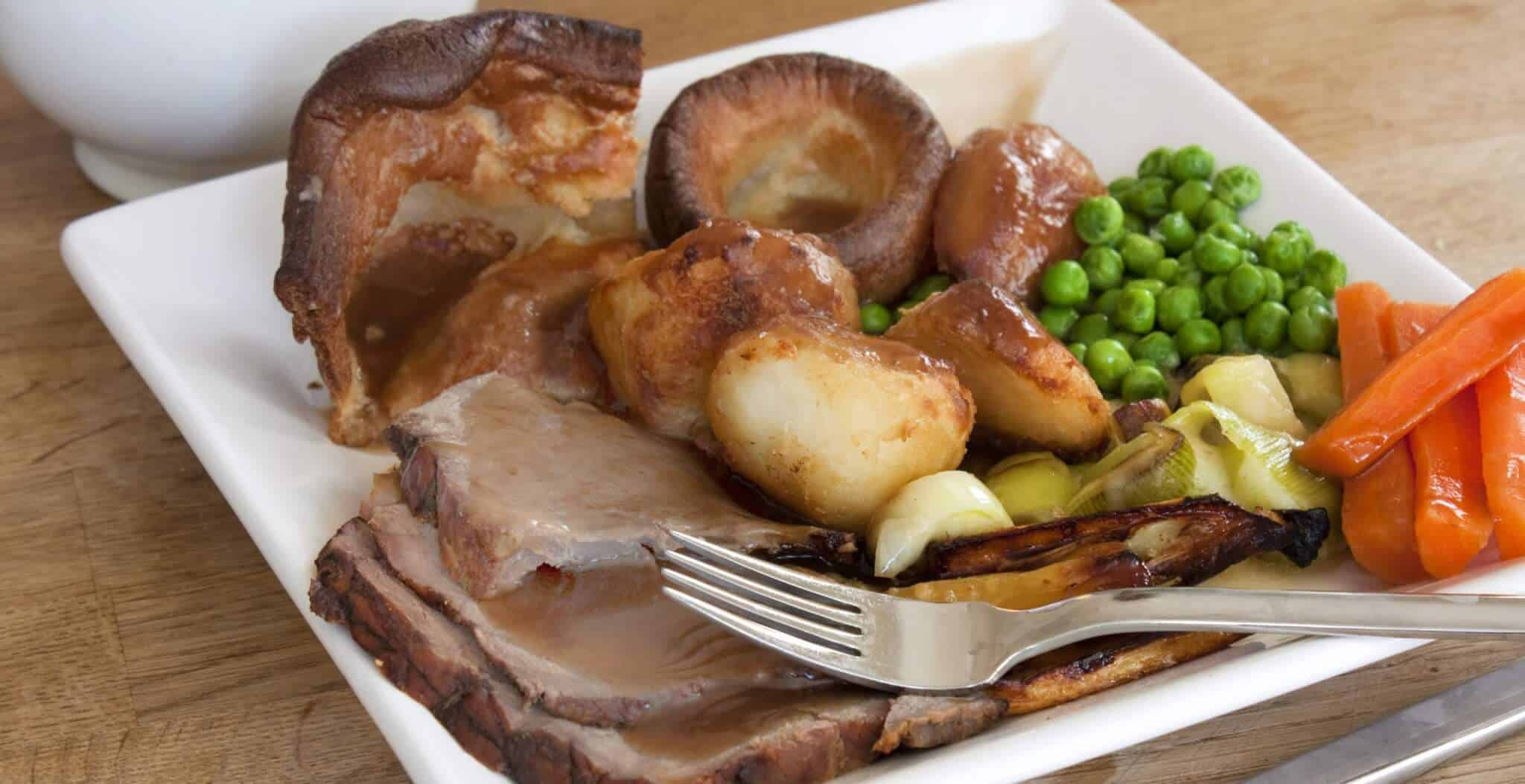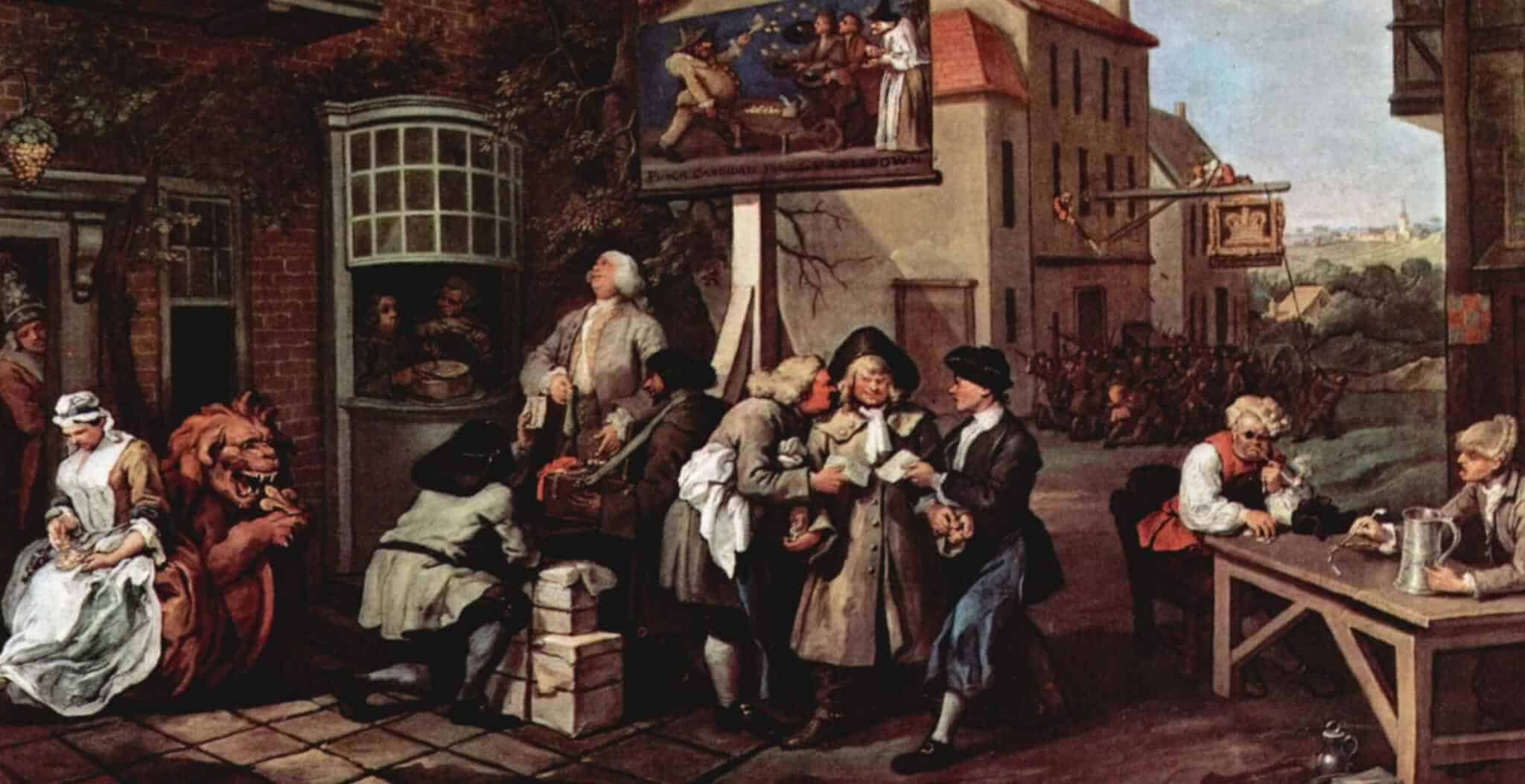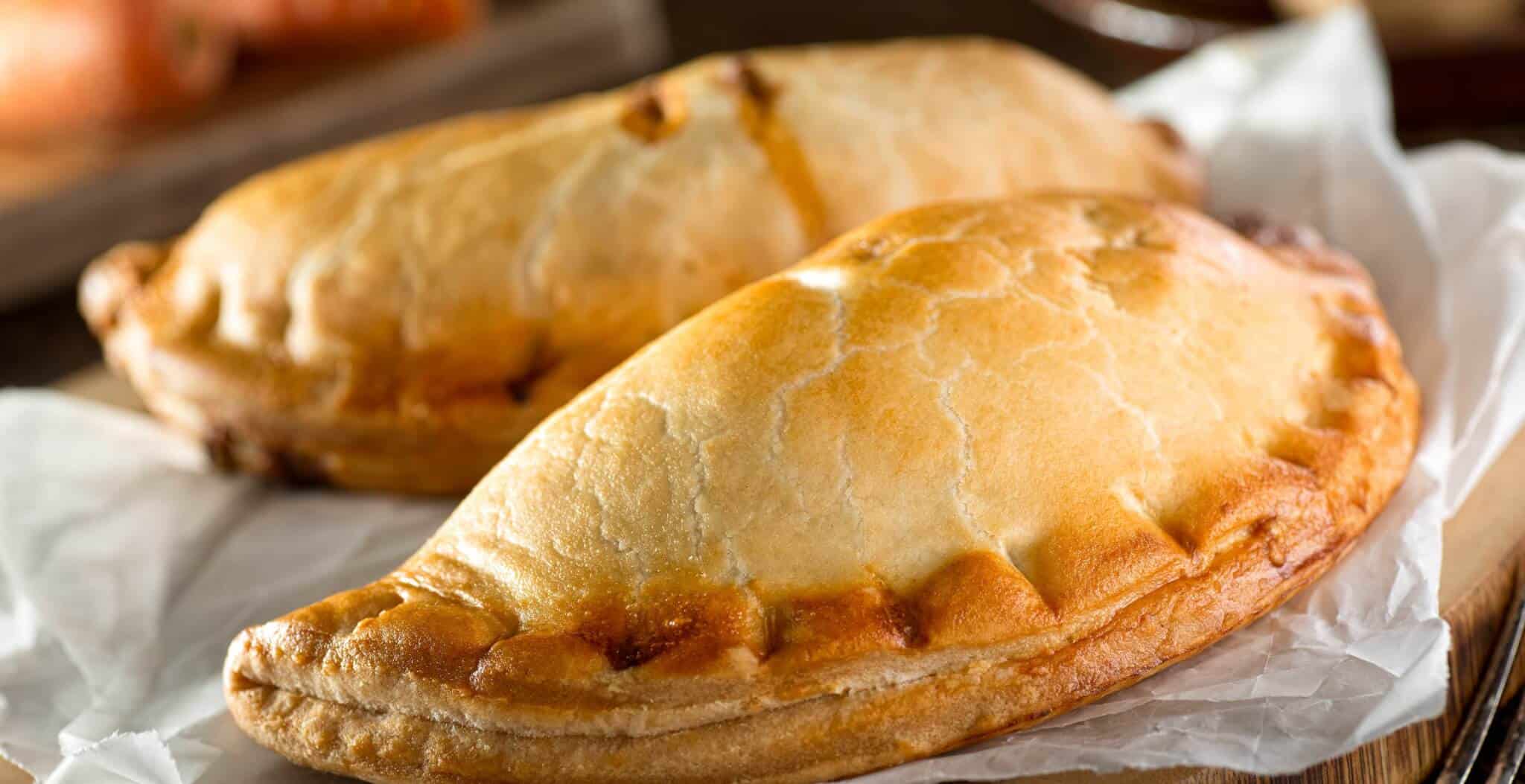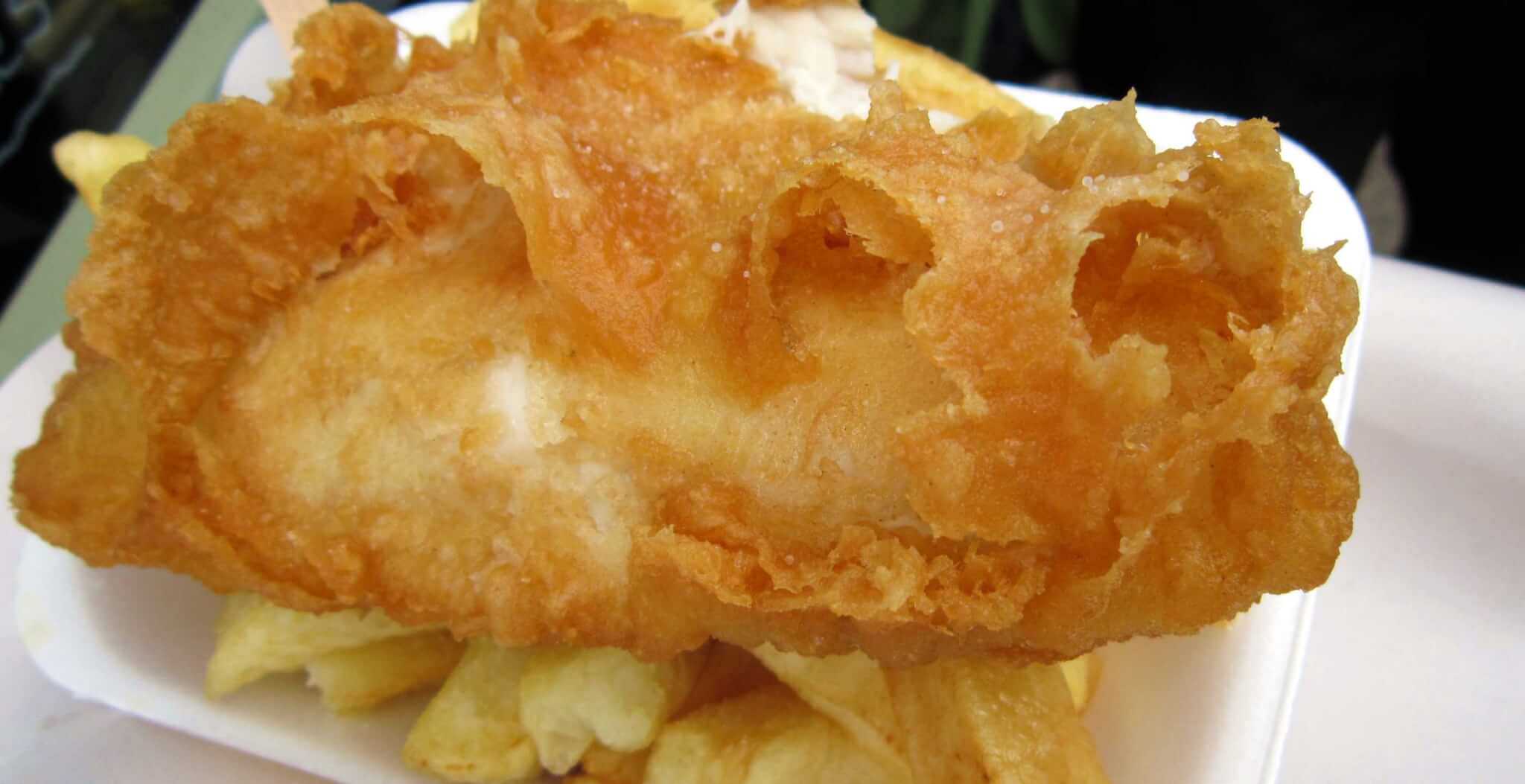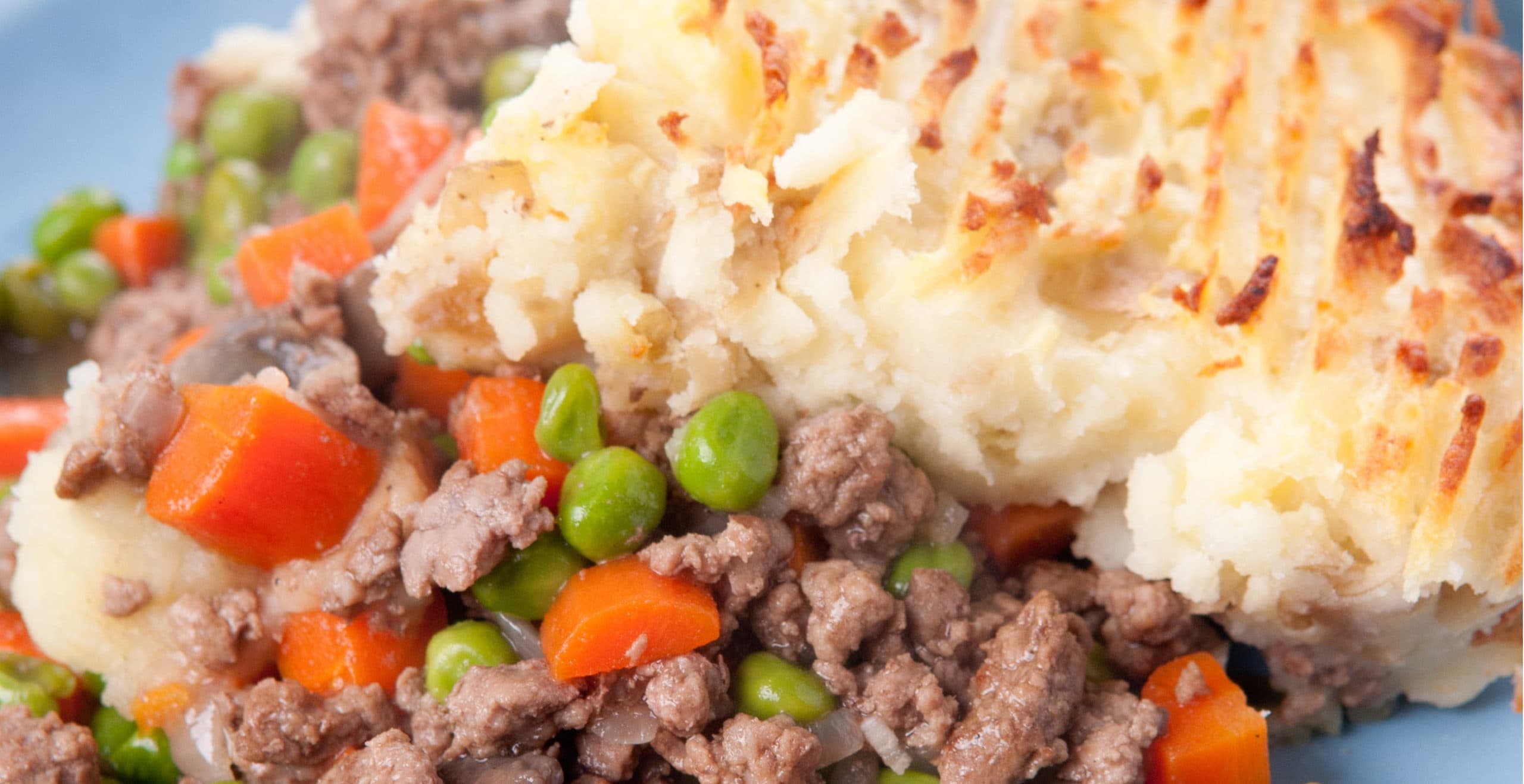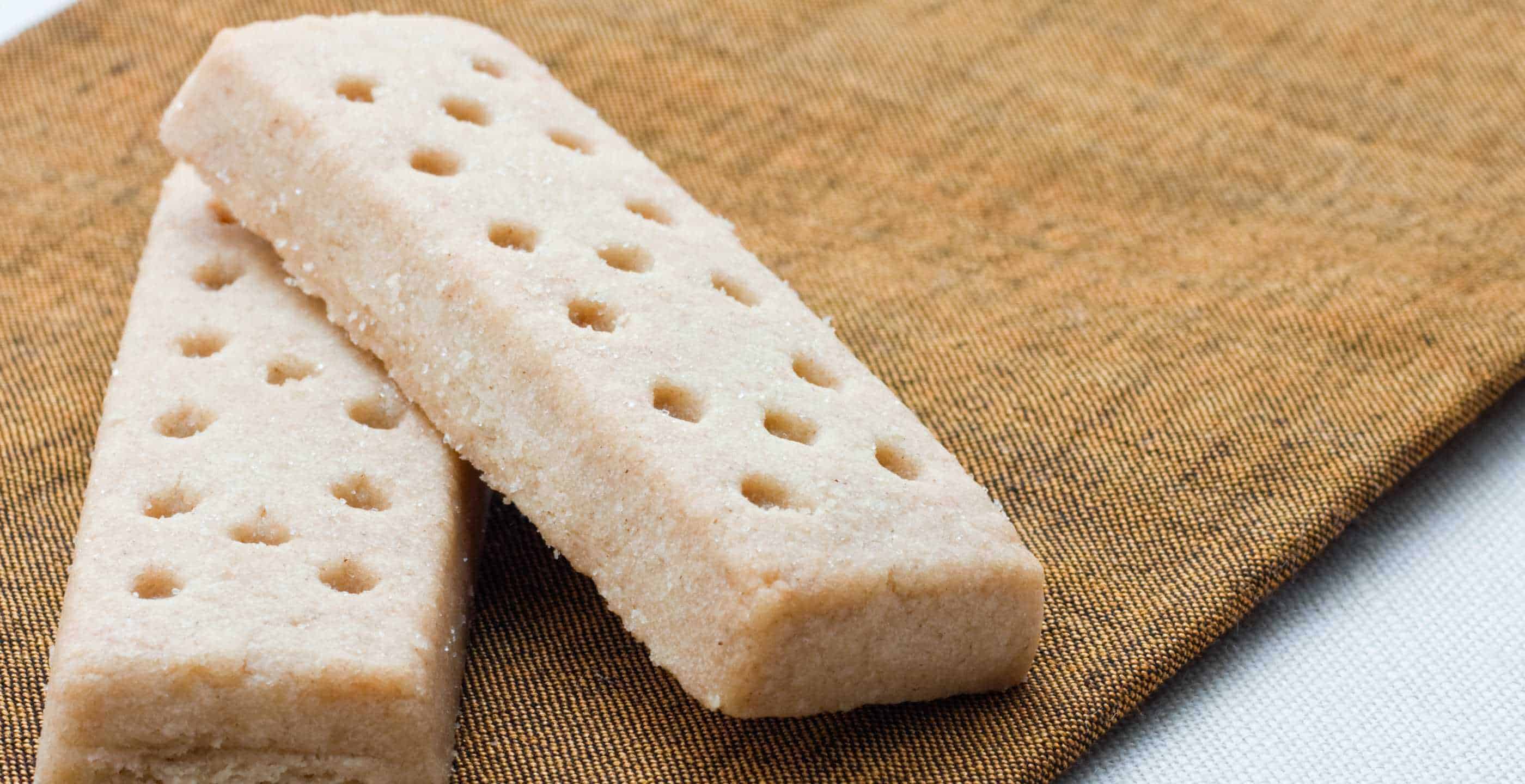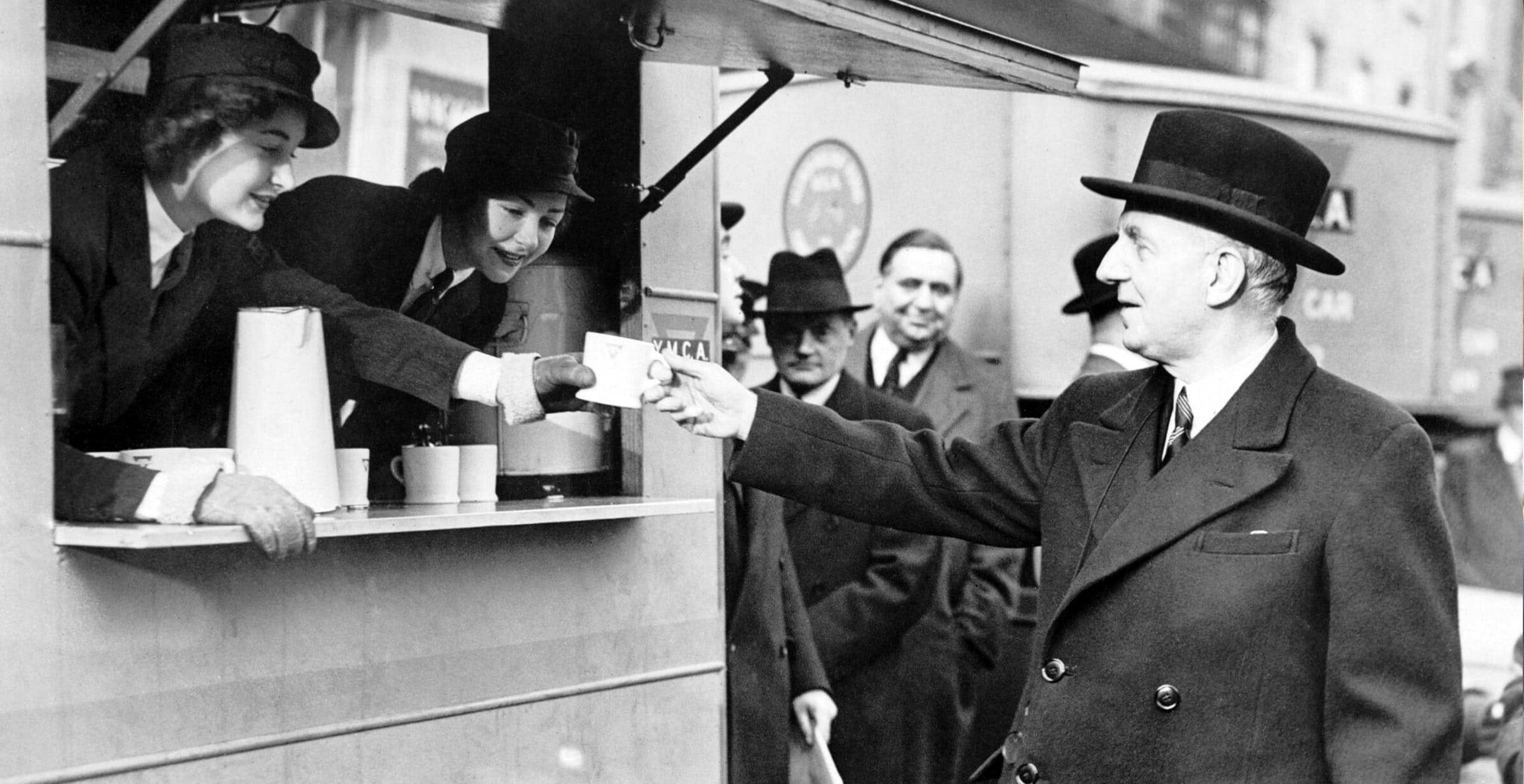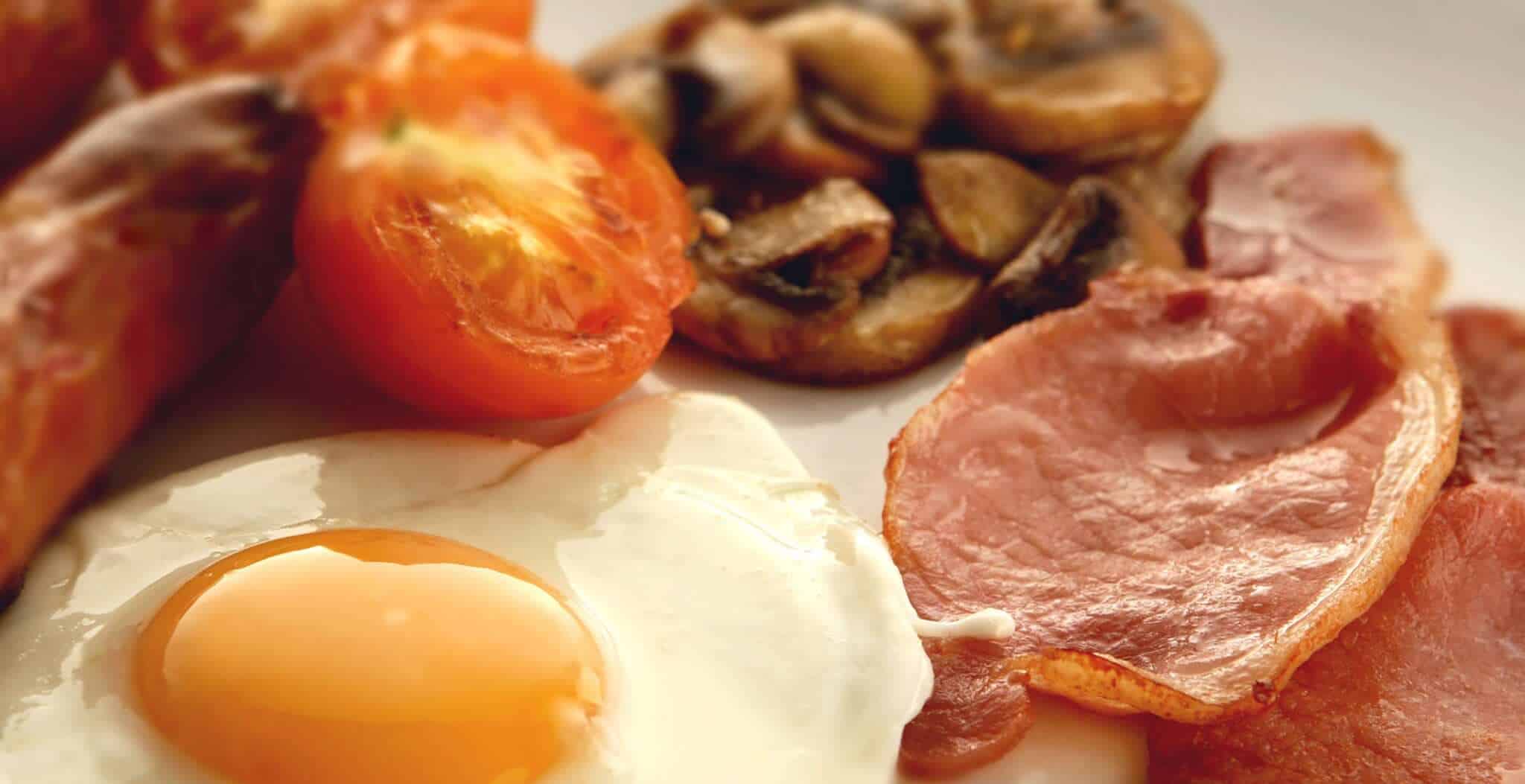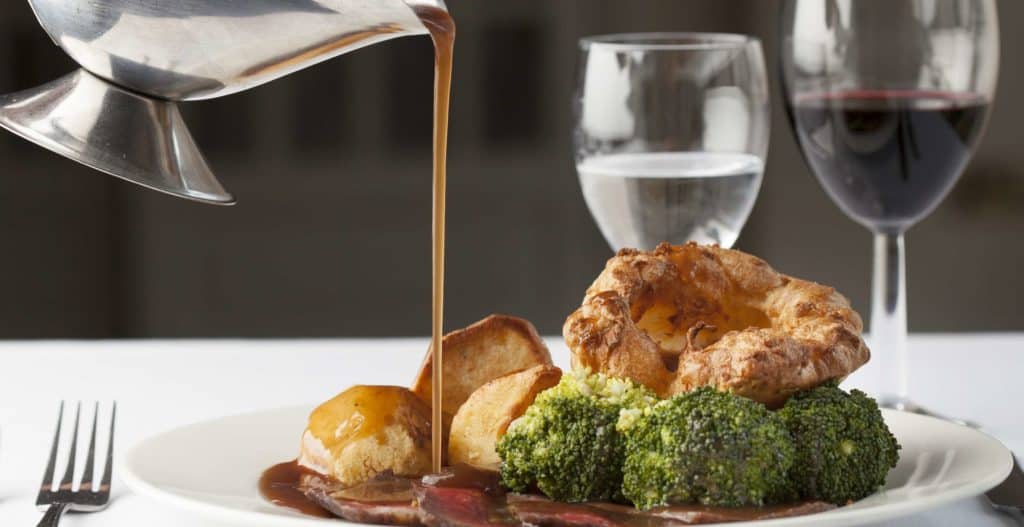Pudding? No, really? I thought it was a Bakewell tart.
The sighting of a Bakewell tart with its characteristic white icing and cherry in the centre is ubiquitous in supermarkets up and down the country, however this common afternoon treat is an imposter!

Whilst most of us have sampled the delicious taste of a Bakewell tart with the almond filling, with or without the sweet icing, this is in fact not the original version as invented in Bakewell a few centuries ago.
The exact origins of the tart still are debated but what people from Bakewell would tell you, is that in fact a Bakewell pudding is the real star of the show.
Nestled in the stunning natural beauty of the Derbyshire Dales, along the River Wye, the market town of Bakewell has become famous for its confectionary contribution.
The pudding itself consists of a light flaky pastry with a filing that contains a mixture of eggs and almonds to create a sort of almond custard centre. The delicious pudding is best served warm with either custard or cream, whilst its cousin, the Bakewell tart consists of a shortcut pastry, sponge and jam filling and topped with almonds (sometimes with icing).
Whilst both are incredibly tasty, the pudding was thought to be the original, although its origins are still disputed, stories of its inventions date back to the 1800s when a mistake in understanding the recipe for a strawberry tart led to the Bakewell pudding! One might describe such a culinary mistake as a very happy accident indeed!
The most popular story of its origins date back to the 1820s when the landlady, Mrs Greaves, of the White Horse Inn (now the Rutland Arms Hotel) left instructions for the cook for a jam tart which included an almond paste pastry base. The cook instead of following this recipe, made her own interpretation which included using the eggs and almond paste on top of the jam instead of in the pastry. The jam tart then transformed itself into the Bakewell pudding and proved to be a success, so much so that the inn began to sell it and news of this sweet treat began to spread.

Today, the Bakewell Pudding and tart can be found in establishments across the town of Bakewell, offered in a selection of shops and cafes.
The now famous Old Original Bakewell Pudding Shop can be found in its original historic setting, built in the seventeenth century, it was originally owned by the Duke of Rutland.
The tenants of the building were the Wilson family who occupied the property in the late 1800s and became aware of the accidental pudding creation. Mrs Wilson had heard that the local inn, the White Horse (now Rutland Arms) had made the pudding and it had proved to be very successful, thus giving her the idea of setting up her own business. In order to do so, she acquired the original recipe and got to work producing the puddings for keen customers.

So successful was this accidental culinary creation that a recipe for Bakewell Pudding appeared in the 1845 edition of Eliza Acton’s “Modern Cookery for Private Families”.
Since its appearance, the recipe has become a mainstay for bakers across the town and region, adhering to the original details in order to ensure the finest outcome. Whilst the exact recipe remains a closely guarded secret, certain elements remain important to ensure an excellent final result. This includes, a light and fluffy puff pastry case, a light layer of strawberry jam, followed by a “wet mix” combination of almond and egg filling. Best served warm, possibly with a nice homemade custard.
The Bakewell Tart on the other hand was a much later creation, dating from the twentieth century and differs from the pudding in style of pastry and filling. The more ubiquitous tart is made from a sweet shortcrust pastry which a layer of jam and a sponge-like almond filling on top, more akin to a frangipane. The tart can also have a layer of toasted flaked almonds on top or white fondant icing, finished off with a cherry.
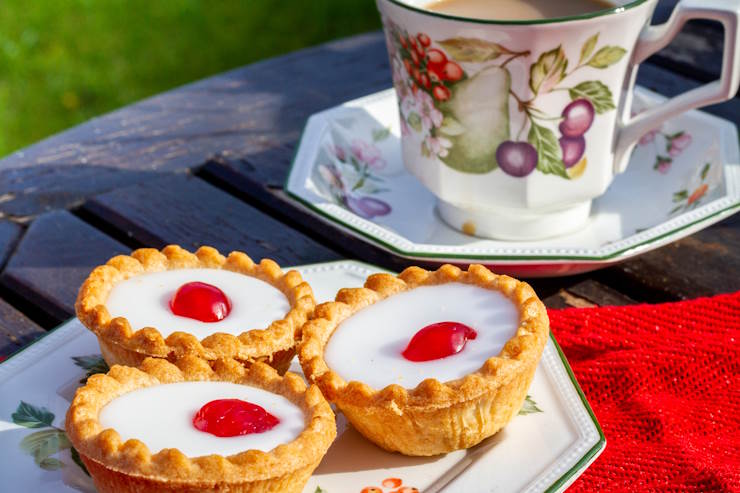
Whilst the Bakewell Tart has overshadowed its precursor in commercial success, the town of Bakewell continues to churn out freshly baked puddings and tart treats for all its thousands of visitors every year, helping to keep alive a great culinary local tradition!
If you are lucky enough to stumble on this quaint historic town on your travels don’t forget to try this yummy piece of local history and if you can’t decide which to have, when in doubt, order both!
Jessica Brain is a freelance writer specialising in history. Based in Kent and a lover of all things historical.
Published: 15th July 2024.



